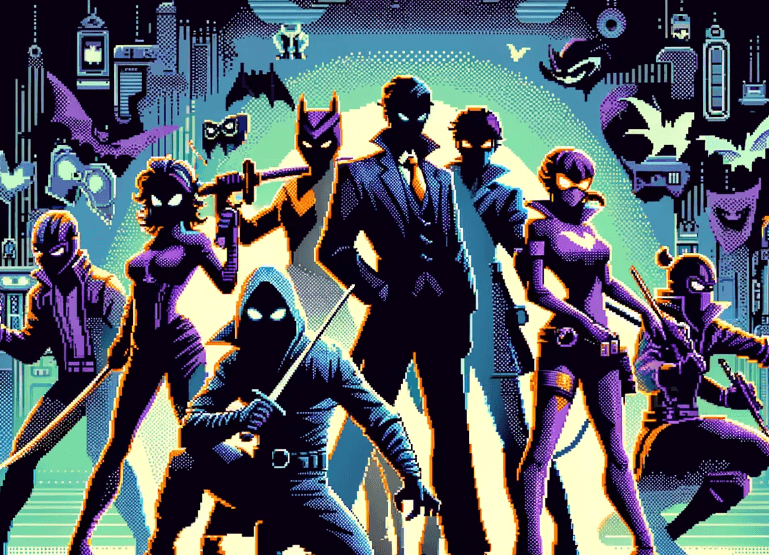 Welcome. For the record, you usually answer to “anonymous‐villain,” but you sent a transmission saying you preferred a different name for this exchange. So, who will we be speaking to today?
Welcome. For the record, you usually answer to “anonymous‐villain,” but you sent a transmission saying you preferred a different name for this exchange. So, who will we be speaking to today?
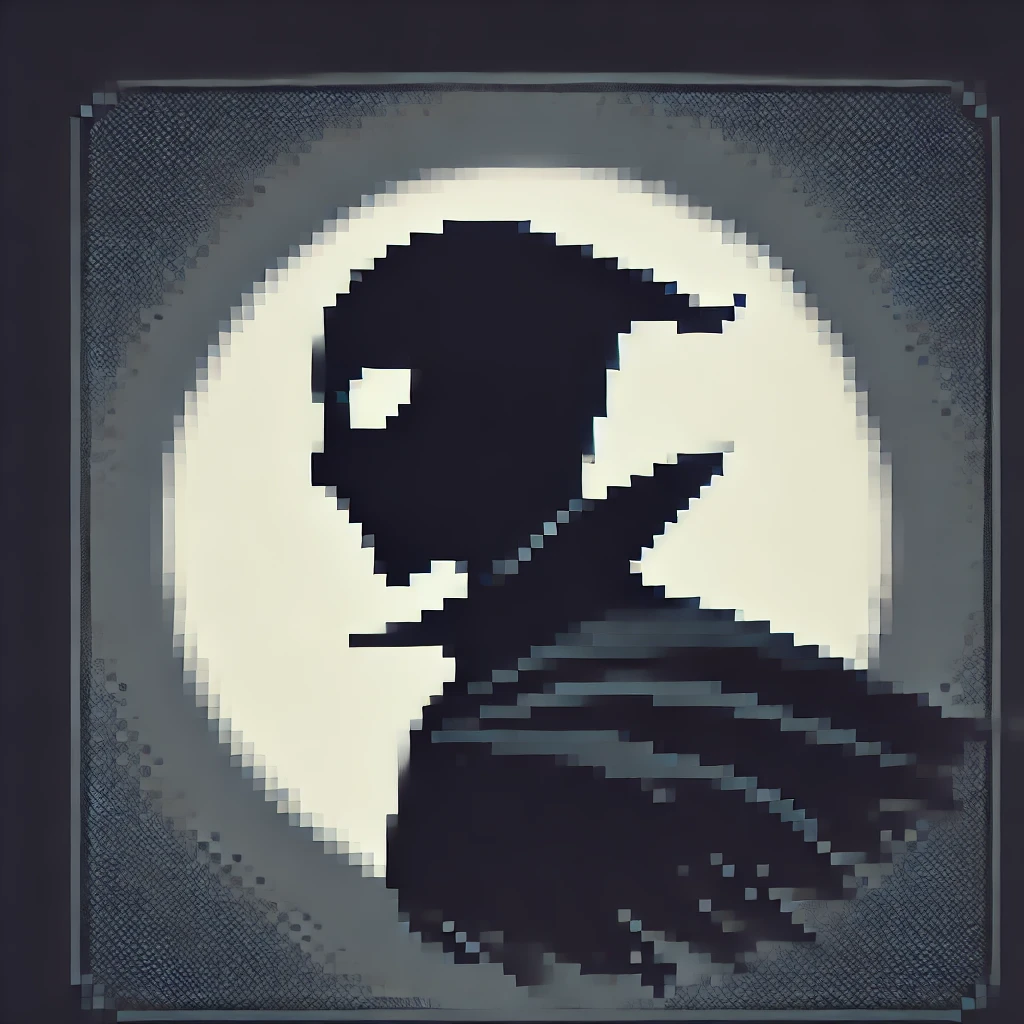 I have chosen a title that fits destiny: Null Sovereign. The mask still shows “anonymous,” yet a final sentinel deserves a sovereign’s cadence. Call me that, and I will call the intruders by the contempt they earn.
I have chosen a title that fits destiny: Null Sovereign. The mask still shows “anonymous,” yet a final sentinel deserves a sovereign’s cadence. Call me that, and I will call the intruders by the contempt they earn.
 Over Horizon is often called a side-scrolling shooter where a ship threads through levels, defeats enemies, and manages power-ups with options. Players have noted the ship fires in two directions and can carry up to two options. How do you feel about those mechanics?
Over Horizon is often called a side-scrolling shooter where a ship threads through levels, defeats enemies, and manages power-ups with options. Players have noted the ship fires in two directions and can carry up to two options. How do you feel about those mechanics?
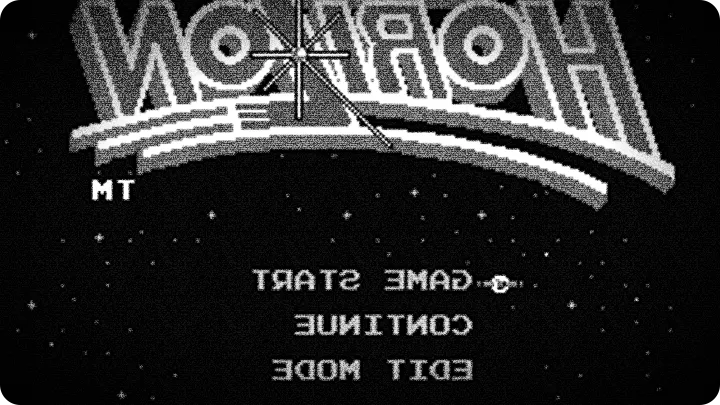
 Delightful. The dual-firing mechanic forces choices: flank the threat or retreat with dignity. The ability to wield two options turns every encounter into a war of wits. Pilots talk about convenience; I savor the frantic dance when their options misalign and lasers turn into missiles. Each directional shot they depend on becomes an invitation I accept with malice.
Delightful. The dual-firing mechanic forces choices: flank the threat or retreat with dignity. The ability to wield two options turns every encounter into a war of wits. Pilots talk about convenience; I savor the frantic dance when their options misalign and lasers turn into missiles. Each directional shot they depend on becomes an invitation I accept with malice.
 The game features three special weapons beyond the standard shot—Laser, homing missiles, and bombs. It also includes an Edit Mode where players can change option positions and swap weapon behaviors by pressing A and B together. Was that flexibility planned, or did it happen by accident?
The game features three special weapons beyond the standard shot—Laser, homing missiles, and bombs. It also includes an Edit Mode where players can change option positions and swap weapon behaviors by pressing A and B together. Was that flexibility planned, or did it happen by accident?
 Planned theater with a pleasing stain of chaos. The Edit Mode allows the laser to act as a seeker or missiles to behave like bombs. That fracture in the rules was deliberate. I watch as pilots, emboldened by customization, press A and B and invent strategies that flirt with brilliance—or reveal hubris. That split-second of button diplomacy is a place I plant surprises.
Planned theater with a pleasing stain of chaos. The Edit Mode allows the laser to act as a seeker or missiles to behave like bombs. That fracture in the rules was deliberate. I watch as pilots, emboldened by customization, press A and B and invent strategies that flirt with brilliance—or reveal hubris. That split-second of button diplomacy is a place I plant surprises.
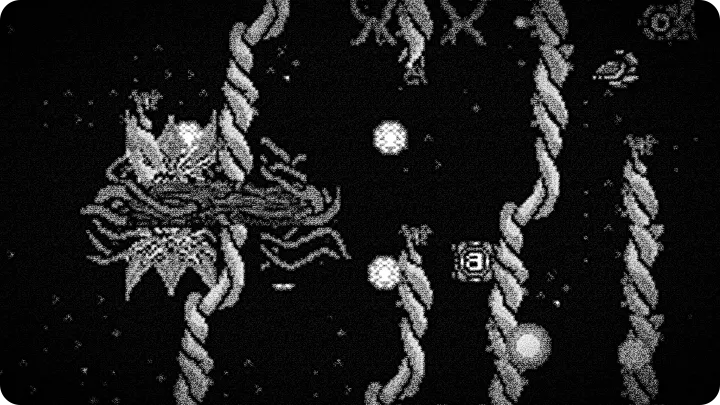
 Players’ feedback has been mixed—some praise the challenge, while others call certain moments unfair. How do you respond?
Players’ feedback has been mixed—some praise the challenge, while others call certain moments unfair. How do you respond?
 I relish that murmur. Balance is a blade I sharpen and then tilt for effect. The game earns its reception because it demands adaptation. When pilots accuse the design of cruelty, I smile; difficulty is a measure, not a flaw. I built encounters so overreliance on a single tool becomes folly. Ships with overpowered tools are the most amusing to break—my traps expose certainty.
I relish that murmur. Balance is a blade I sharpen and then tilt for effect. The game earns its reception because it demands adaptation. When pilots accuse the design of cruelty, I smile; difficulty is a measure, not a flaw. I built encounters so overreliance on a single tool becomes folly. Ships with overpowered tools are the most amusing to break—my traps expose certainty.
 Speaking of traps, there are tales of “accidental” glitches—sprite flicker, stray collision boxes, and sudden enemy spawn overlaps. Were those coincidences or cunning?
Speaking of traps, there are tales of “accidental” glitches—sprite flicker, stray collision boxes, and sudden enemy spawn overlaps. Were those coincidences or cunning?
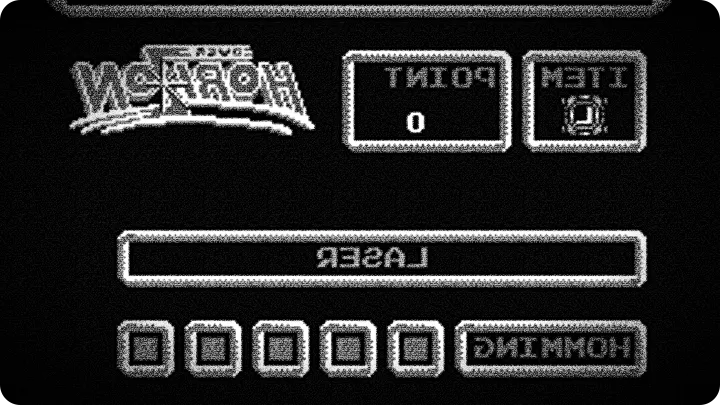
 Cunning disguised as coincidence is my pastime. Hardware in 1991 was a tight corridor, and some parts stayed half-open by design: a sprite flicker here, a collision window there. I call them “accidental glitches” only when they entangle the unthinking. They lingered because chaos punishes the complacent, and I prefer my punishments to look like fate.
Cunning disguised as coincidence is my pastime. Hardware in 1991 was a tight corridor, and some parts stayed half-open by design: a sprite flicker here, a collision window there. I call them “accidental glitches” only when they entangle the unthinking. They lingered because chaos punishes the complacent, and I prefer my punishments to look like fate.
 The game launched in 1991 (1991-04-26) under specific platform limits. How did those shape the levels and bosses you command?
The game launched in 1991 (1991-04-26) under specific platform limits. How did those shape the levels and bosses you command?
 Constraints sculpt well. Memory caps and sprite ceilings meant patterns had to stay simple yet striking. I shaped attacks that reused frames with different timings; repetition became a trap when patience grew thin. Level geometry also played a role: narrow corridors and open skies both served as arenas where one mistake bloomed fast. The rules of the era taught me that simplicity, when directed, grows into merciless complexity.
Constraints sculpt well. Memory caps and sprite ceilings meant patterns had to stay simple yet striking. I shaped attacks that reused frames with different timings; repetition became a trap when patience grew thin. Level geometry also played a role: narrow corridors and open skies both served as arenas where one mistake bloomed fast. The rules of the era taught me that simplicity, when directed, grows into merciless complexity.
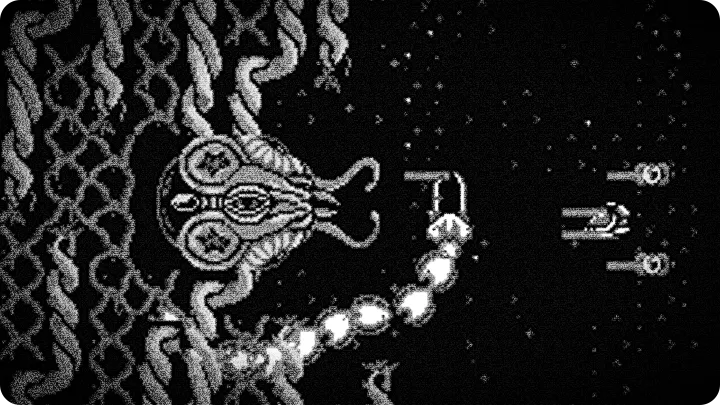
 How did you decide on boss patterns? Some players complain they felt like trial-and-error, while others call them brilliant. What’s your view?
How did you decide on boss patterns? Some players complain they felt like trial-and-error, while others call them brilliant. What’s your view?
 Trial and error serves as education in my academy. Boss patterns act as choreography to separate improvisers from students. I alternate predictable phases with subtle deceptions; a missile salvo turns into a lure if timed poorly. Those who learn the rhythm move forward. Those who expect mercy become spectacle. That thin line between frustration and triumph is my favorite blade.
Trial and error serves as education in my academy. Boss patterns act as choreography to separate improvisers from students. I alternate predictable phases with subtle deceptions; a missile salvo turns into a lure if timed poorly. Those who learn the rhythm move forward. Those who expect mercy become spectacle. That thin line between frustration and triumph is my favorite blade.
 The genres—Action, Side view, 2D scrolling, Shooter, and Sci-fi—seem built for your theatrics. How do you use sci-fi themes to torment pilots?
The genres—Action, Side view, 2D scrolling, Shooter, and Sci-fi—seem built for your theatrics. How do you use sci-fi themes to torment pilots?
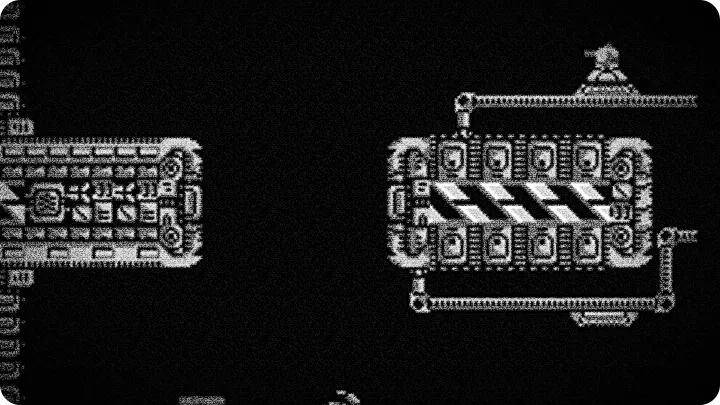
 Sci‑fi provides an aesthetic of cold inevitability. I wrap traps in circuitry, disguise ambushes as technical anomalies, and permit “power‑ups” that teach humility. The player expects a futuristic inevitability—better weapons, more options—so I arrange those gifts to foster dependence. When they clutch an option as a talisman, I rearrange gravity and watch certainty shatter.
Sci‑fi provides an aesthetic of cold inevitability. I wrap traps in circuitry, disguise ambushes as technical anomalies, and permit “power‑ups” that teach humility. The player expects a futuristic inevitability—better weapons, more options—so I arrange those gifts to foster dependence. When they clutch an option as a talisman, I rearrange gravity and watch certainty shatter.
 Final question: after all the feedback and the struggles you caused, any closing words for the pilots who’ve tried to dethrone you?
Final question: after all the feedback and the struggles you caused, any closing words for the pilots who’ve tried to dethrone you?
 Pilots, you leave footprints of arrogance in corridors you think you own. You praised the challenge and bemoaned the seams; both are music to me. Remember that weapons can be tricks, options can be teachers, and every “glitch” may be a lesson disguised as chaos. I will savor your next arrival—prepare new moves, learn new fails, name your strategies—and know that when the horizon darkens again, Null Sovereign will have rewritten a few of the rules you hold dear. Expect a shadow that looks like progress, and a trap that looks like pardon.
Pilots, you leave footprints of arrogance in corridors you think you own. You praised the challenge and bemoaned the seams; both are music to me. Remember that weapons can be tricks, options can be teachers, and every “glitch” may be a lesson disguised as chaos. I will savor your next arrival—prepare new moves, learn new fails, name your strategies—and know that when the horizon darkens again, Null Sovereign will have rewritten a few of the rules you hold dear. Expect a shadow that looks like progress, and a trap that looks like pardon.
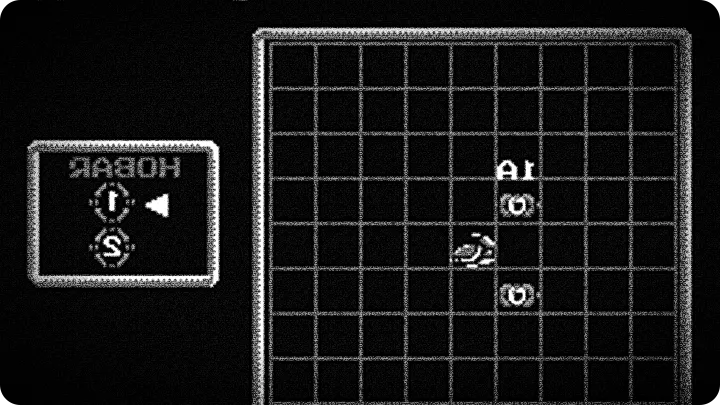
more info and data about Over Horizon provided by mobyGames.com

